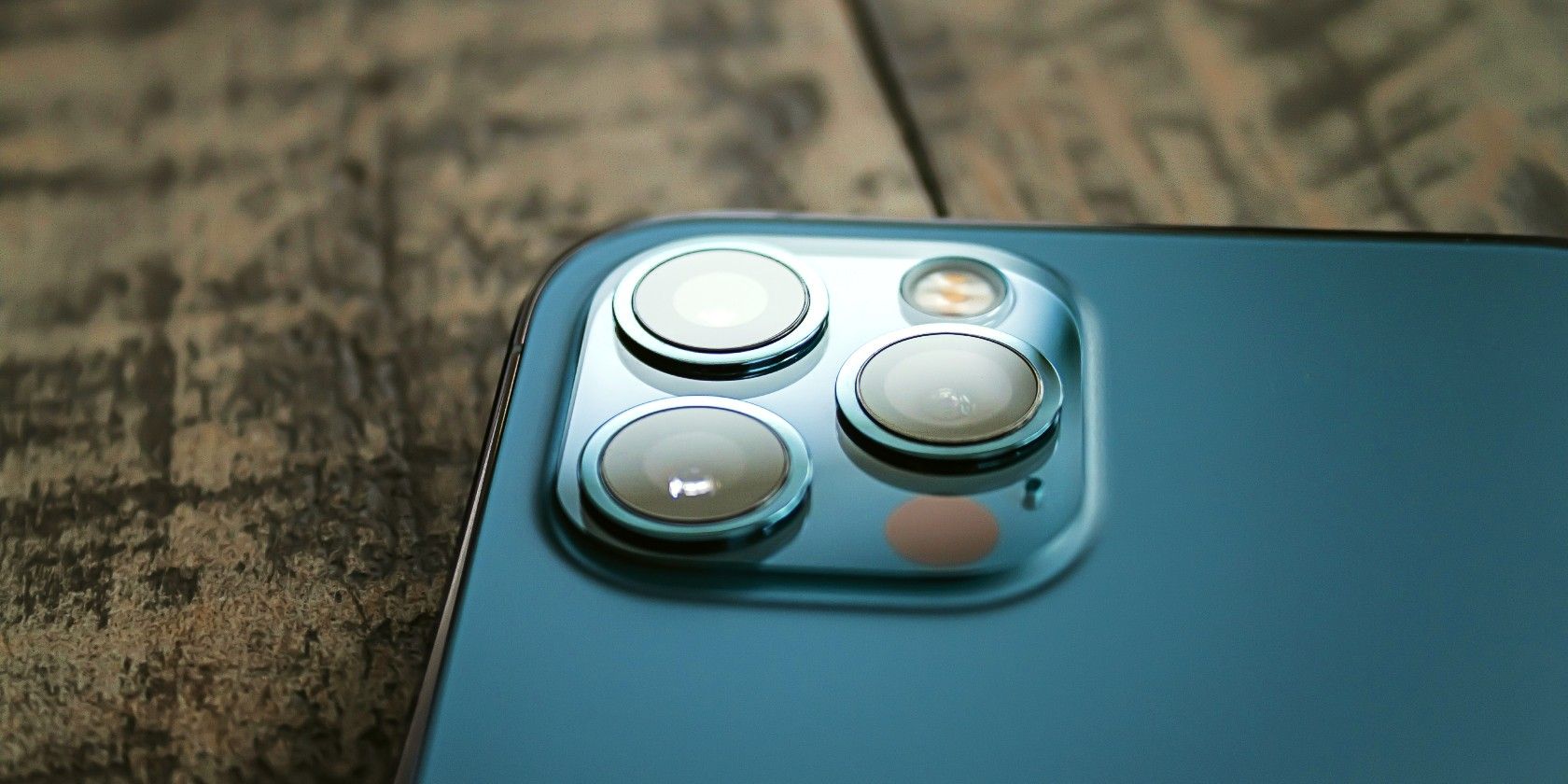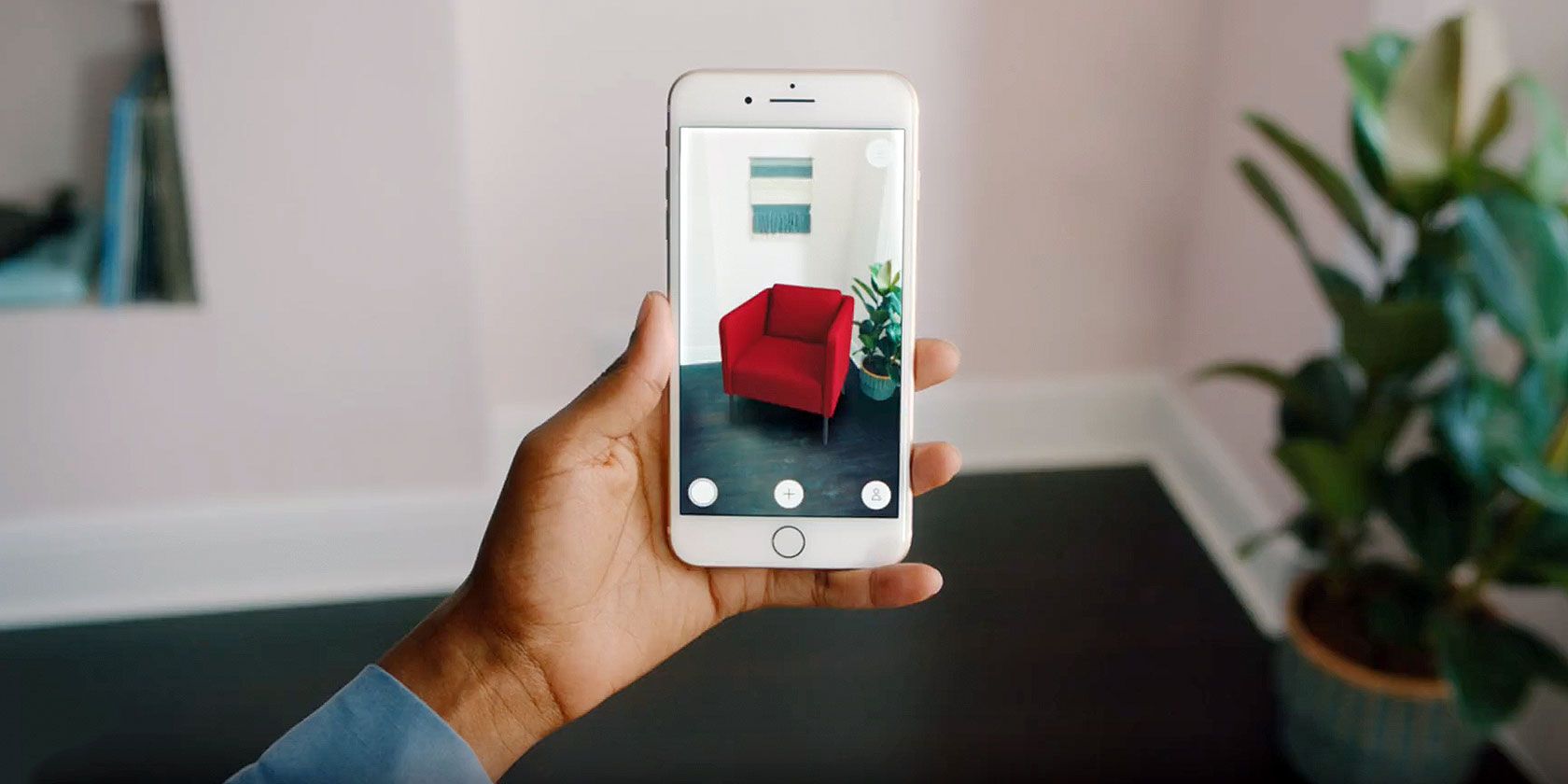Apple should unveil the tentatively-named "iPhone 13" family in the fall with the entire lineup of devices believed to feature the LiDAR scanner, not just the more expensive Pro models.
Taiwanese supply chain publication DigiTimes has reported that the Cupertino tech giant is expected to expand the LiDAR scanner to the entire iPhone 13 lineup in 2021.
The report, which focuses on LiDAR adoption among Android makers, mentions that Apple will adopt the technology on "all 2021 iPhone models" with the iPhone 13 family rather than limit it to the flagship iPhone 13 Pro model. The report adds that the LiDAR scanner on the rear of the upcoming phones will coexist with Face ID on the front.
Indicating that this story doesn't file as one of DigiTimes' unsubstantiated rumors, the report goes on to claim that Apple and Sony have signed a multi-year deal to guarantee a steady supply of LiDAR scanner components for iPhones through at least 2023.
What Is LiDAR?
LiDAR is an acronym for Light Detection and Ranging, which is a remote sensing method based on a pulsed laser that measures how long it takes light to reflect from objects.
The method is known as time-of-flight and it's what permits the device to create a depth map that's more accurate than the one derived from two rear cameras on your iPhone or even the depth made based on the front-facing infrared TrueDepth camera.
A depth map is required for portraiture photography, Animoji animations, and similar augmented reality effects. In a depth map, each pixel indicates its distance from the camera to that part of the image. Your iPhone saves color and depth data separately so that you can apply and change the depth of field non-destructively after the photo has been captured.
For more information about LiDAR technology, be sure to read our article detailing what LiDAR is and how it works.
How Apple Currently Uses LiDAR
Apple first added the LiDAR scanner to the fourth-generation iPad Pro, launched in March 2020, before adding it to the iPhone 12 Pro and iPhone 12 Pro Max. With the right app from the App Store, the LiDAR sensor lets you use an iPhone to scan your surroundings, create 3D digital versions of real-life objects, and more.
Thanks to its speed and precision, the sophisticated sensor takes augmented reality to the next level.
Aside from augmented reality applications, the LiDAR scanner brings sharper focus to your iPhone camera, day or night. Moreover, the sensor improves low-light photography because it gives machine learning a better understanding of the scene, objects, and their positions relative to one another.
For example, the LiDAR scanner helps bring Apple's Night shooting mode to the wide and ultra-wide rear cameras. And were it not for the LiDAR scanner, the iPhone 12 lineup would not feature support for portrait photography in night mode.
How Apple May Use LiDAR in the Future
While the aforementioned uses of the LiDAR scanner on the iPhone and iPad are all great examples of this technology, it's a widely-held belief among watchers that this is only a prelude to the big thing---Apple-branded glasses that would use LiDAR to scan the user's surroundings and overlay virtual objects on top of the real world.
According to Bloomberg, Apple may be working on two different augmented reality products. As well as the digital glasses that would require an iPhone to function, there could also be a standalone headset. This would boast beefy specifications allowing it to either work standalone or connect wirelessly to a nearby iOS device for data and graphics processing.


